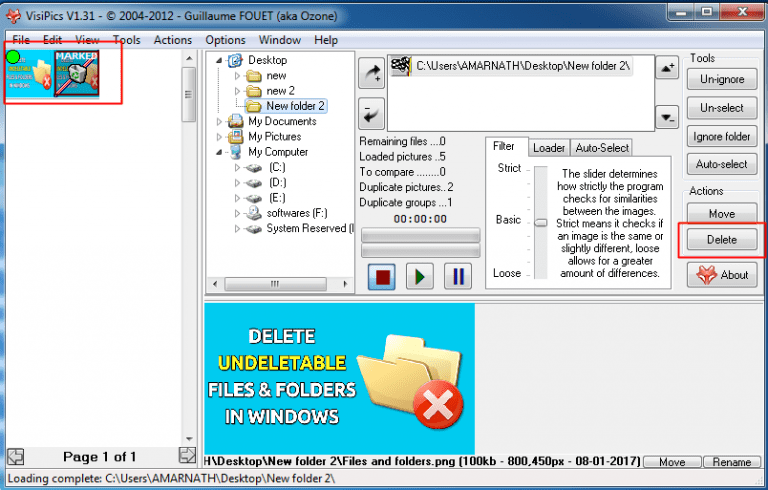

Verifying image bootflash:/n7000-s1-dk9.5.2.4.bin for boot variable "system". Verifying image bootflash:/n7000-s1-kickstart.5.2.4.bin for boot variable "kickstart".

# install all kickstart bootflash:n7000-s1-kickstart. Here are the commands and output in case anyone is curious or would like to compare notes. One Cisco resource I talked with said I would need a minimum 4 hour maintenance window per chassis – there’s no way in hell I’m going to get a four hour maintenance window in a healthcare environment. I understand the EPLD upgrade is disruptive but I’m trying to determine how big a maintenance window I need in order to safely accomplish the task on both core Cisco 7010s – doing them one at a time. The next big hurdle will be finding the downtime to apply all the EPLD/FPGA firmware upgrades for each card. We utilize TFTP pretty heavily in our environment and we’ve never had a problem with any other equipment so I suspect the Cisco Nexus 7010s and not the CentOS Linux server that acts as our central TFTP server. I’m curious to understand why the TFTP was so slow compared to the FTP. In both cases I utilized the default VRF. I issued a Ctrl-C and tried an FTP download and it flew along and I was done in minutes. It was copying the software at what appeared to be 8-16kbps.

I did notice a very odd problem while trying to copy the software to the switch via TFTP – it was insanely slow. While there was no service interruption during the upgrade the process did take about 45 minutes per switch (we had 7 cards in each chassis) so be sure to plan your maintenance window accordingly. We followed the process laid out by the upgrade guide and performed an ISSU (In-Service-Software-Upgrade) since we have dual supervisors in both switches. We just completed an upgrade of our core Cisco Nexus 7010s from 4.2(6) to 5.2(4).


 0 kommentar(er)
0 kommentar(er)
